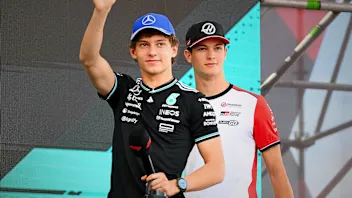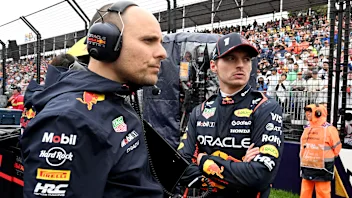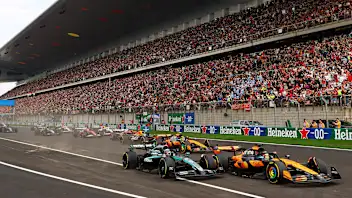TECH WEEKLY: How F1 teams balanced cooling and downforce in Hungary – and where McLaren made the difference
It was another intriguing weekend at the Hungaroring from a technical perspective, as Mark Hughes explains and Giorgio Piola illustrates.

.webp)
The Hungaroring presents a potentially tricky combination of demands, given that it’s a track which heavily rewards raw downforce but which can have very high cooling demands.
The combination of a Budapest summer with the relative lack of straight-line running, plus long corners where the front wheels are on lock for a long time, diverting airflow away from the radiator inlets, means that the bodywork will have to be opened up extensively.
This extracts a high cost aerodynamically. So, the conflict in demands and the jeopardy involved in trying to maximise performance, is quite explicit.
Next Up
Related Articles
 Hamilton 'doesn't have a mindset' for 2026 after tricky year
Hamilton 'doesn't have a mindset' for 2026 after tricky year JacquesHow did the rookies do in their first F1 season?
JacquesHow did the rookies do in their first F1 season? Verstappen pays tribute to Lambiase after ‘emotional year’
Verstappen pays tribute to Lambiase after ‘emotional year’ Norris hopes title win doesn’t change him as a driver
Norris hopes title win doesn’t change him as a driver Tickets on sale for 2026 Chinese Grand Prix
Tickets on sale for 2026 Chinese Grand Prix Wolff calls Abu Dhabi ‘mediocre’ but ‘pleased’ to finish P2
Wolff calls Abu Dhabi ‘mediocre’ but ‘pleased’ to finish P2
